Organic material (food waste and the like) in landfill is the ACT’s third largest source of emissions. Two new facilities, funded by the Federal Government, will recycle this waste, cutting emissions by 30 per cent – part of the ACT Government’s goal of net zero emissions by 2045.
A Food Organics and Garden Organics (FOGO) composting facility ($13 million from the Federal Government) and a Materials Recovery Facility ($23 million from the Federal and ACT Governments) will be built at the Hume Resource Recovery Estate.
“Both these facilities are a win for the environment, they’re a win for the ACT Government that has a terrific determination to make it easier for families to recycle, and they’re an important investment from the Commonwealth,” Federal environment minister Tanya Plibersek said, speaking at the Mugga Lane Resource Management Centre this morning.
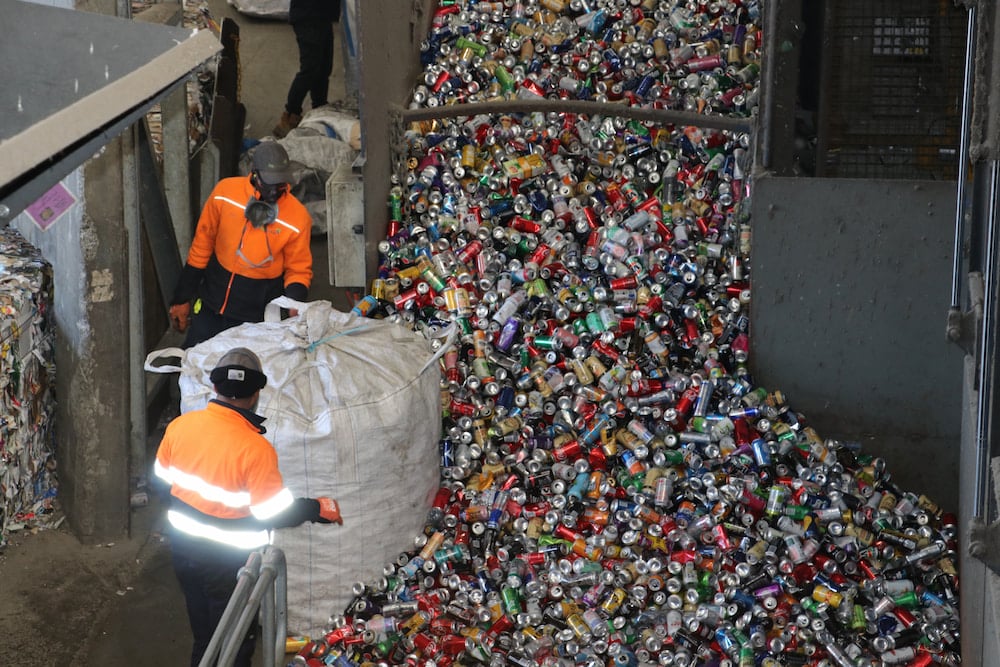
The Federal Government wants to halve the amount of organic waste sent to landfill nationally by 2030 – which will be the equivalent of taking half a million cars off the road or planting 23 million trees. Diverting 80 per cent of organic material from the landfill would lower greenhouse gas emissions by 2 million tonnes, create 2,700 jobs, and add $401 million to the economy, Ms Plibersek stated.
“Australians … want to do their best to reduce their impact on our natural environment – and by making recycling easier, we’re helping families to do that.”
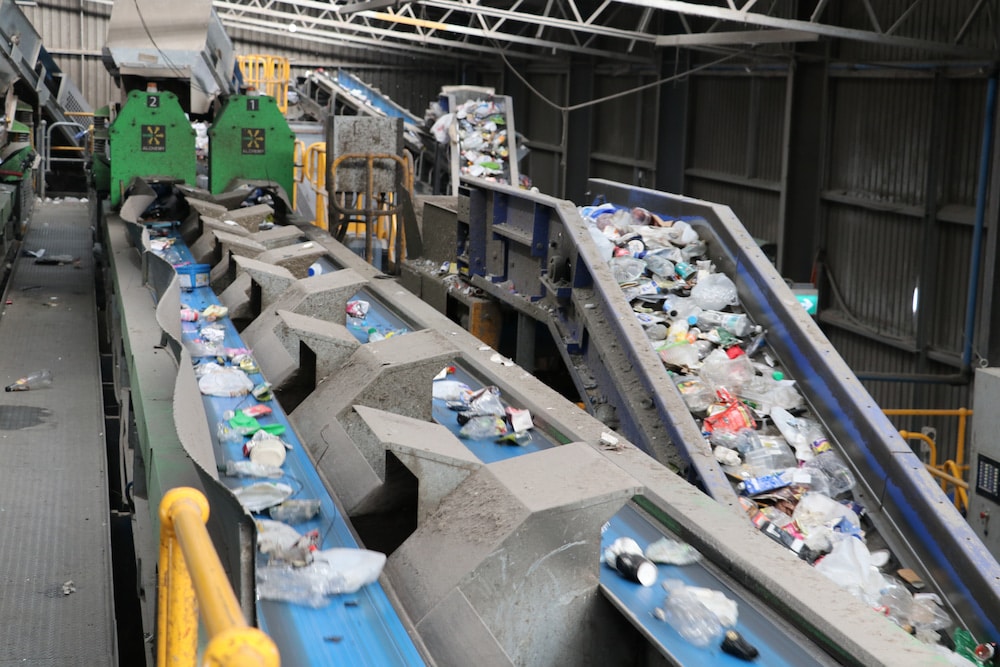
Today’s announcement follows those in recent weeks that electric cars will replace fossil-fuel vehicles, and electricity will replace gas over the next two decades.
- ACT reveals pathway to electrification (4 August)
- Zero emission vehicles will be ‘easier and cheaper to access’, ACT Government says (20 July)
- ACT to phase out fossil-fuel powered vehicles by 2035 (18 July)
The FOGO facility will process up to 50,000 tonnes of organic waste every year – the equivalent weight of 30,000 cars – and can be expanded to handle 70,000 tonnes.
Once built, it will accept both commercial waste and household kerbside-collected FOGO. It will enable the government to extend its FOGO collection scheme – piloted in Belconnen suburbs late last year – to every Canberra household, ACT city services minister Chris Steel explained.
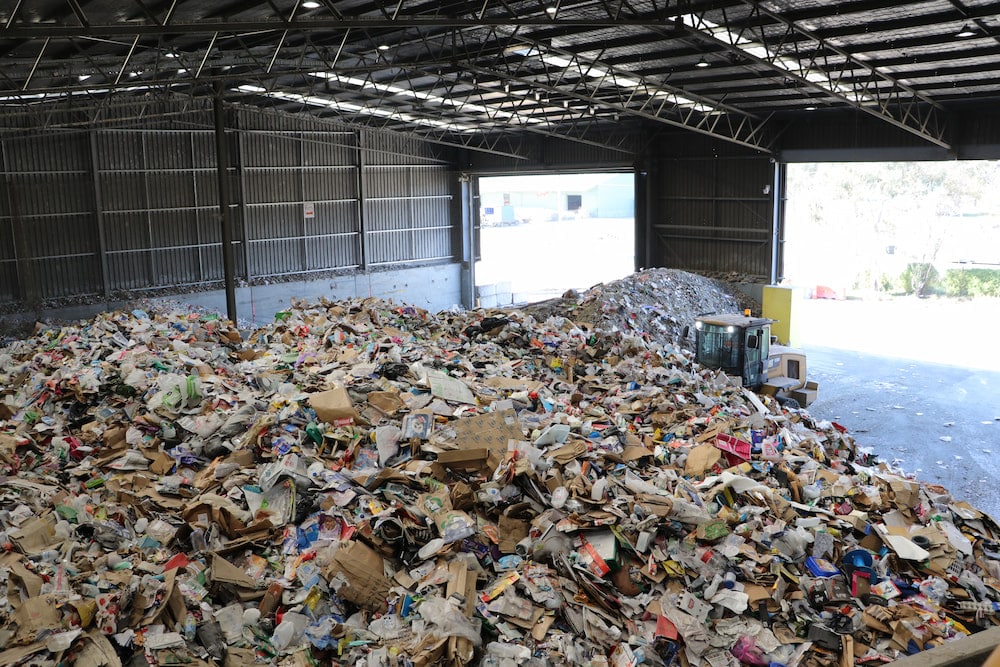
That scheme has already collected 1,000 tonnes, with only 0.1 per cent contamination, and diverted 83 per cent of organic material from landfill (above the Federal Government’s target of 80 per cent).
Organic material in landfill turns into methane, a greenhouse gas up to 30 times more potent than carbon dioxide.
The facility will be used for decades to come, Mr Steel said. It will likely be an in-vessel composting facility. This allows operators to monitor moisture and aeration, ensuring its efficiency, and to control the odour (which has been an issue).
Other local councils like Queanbeyan-Palerang could also use the facility.
“Australians waste tons of food every year; it goes straight into landfill,” Ms Plibersek said. “Not only is it blocked to productive use, it releases greenhouse gases at the same time. The FOGO facility will mean a substantial reduction in the amount of food and organic waste going to landfill, a substantial reduction of greenhouse gases going into the environment, and when the organic material is converted into soil-improving materials, we will also see greater productivity on our farmland and in our parks and gardens.”
- New food, garden waste collecting facility to open in Hume (25 March)
- FOGO waste collection begins in Belconnen (22 November 2021)
- Belconnen suburbs are ready to FOGO (5 November 2021)
- $4M for pilot food waste recycling program in Belconnen (3 October 2021)
The Materials Recovery Facility will handle thousands of tonnes of recycling from yellow bins every year.
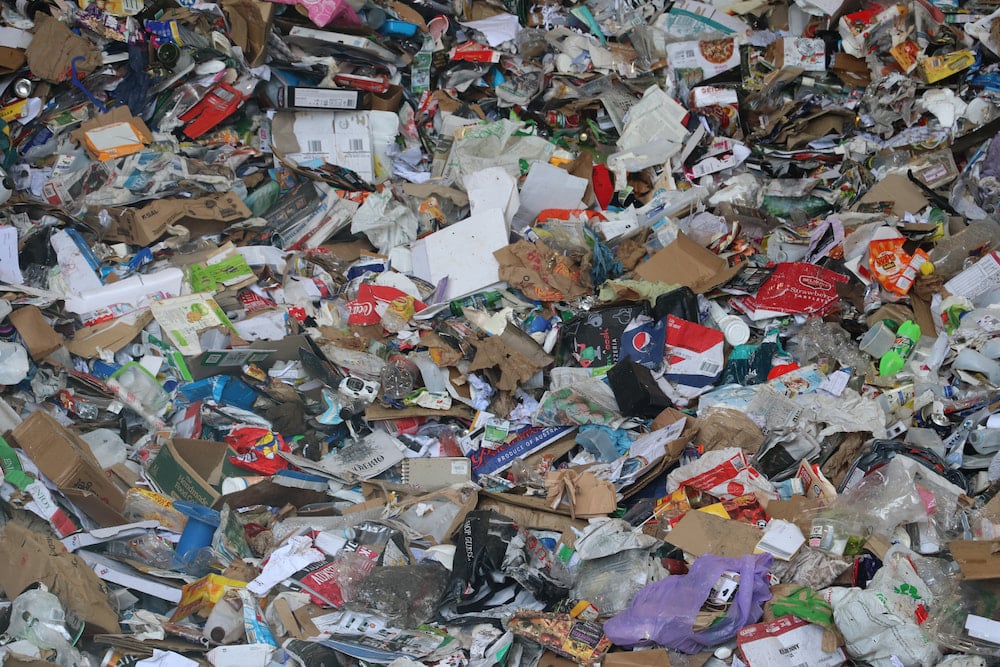
It will eliminate the mixed plastics stream, the only stream (under 5 per cent) of ACT waste that went overseas, Mr Steel said. Because all Australian governments agreed in 2020 to ban exports of waste – unprocessed glass, mixed plastics, and tyres by the end of 2021, single polymer unprocessed plastics by July 2022, and mixed paper and cardboard by July 2024 – the ACT needs to build a much better state-of-the-art facility to process it here, Mr Steel explained.
The facility will have the latest technology, he said: optical sorting to separate materials into different polymers and plastics; screening to sort through cardboard and paper to reduce contamination, before it is sent to the Tumut paper mill; plastic bottle flaking; and glass washing, so glass can be used in green manufacturing, rather than simply in concrete and road base.
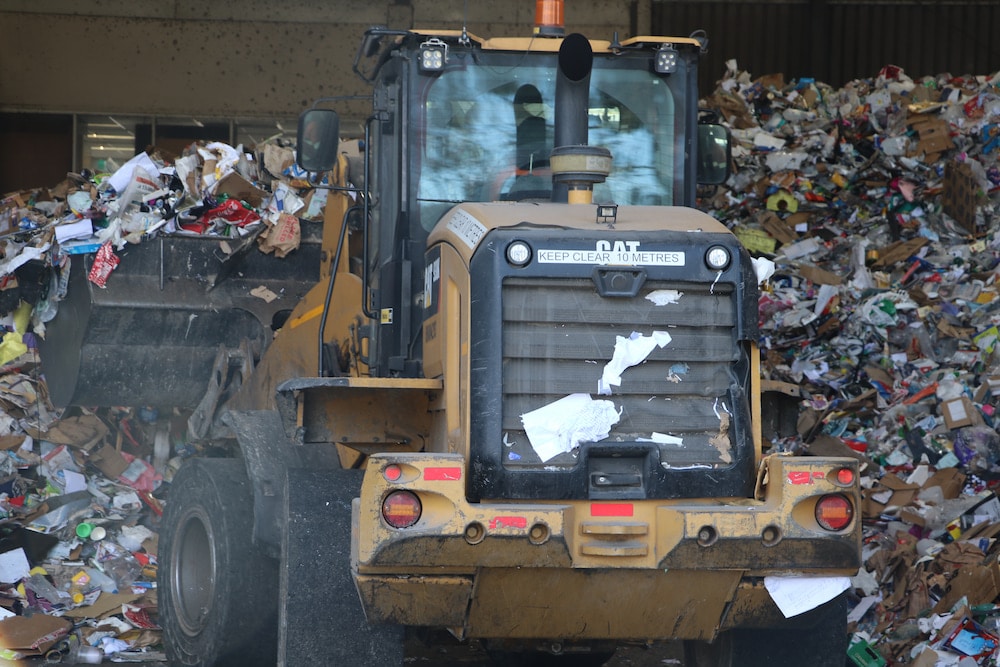
“Investing in this brilliant new state-of-the-art recycling facility will create local jobs, take pressure off the environment, reduce greenhouse gases, reduce the use of virgin materials, and make life a little bit easier for families who are keen to do the right thing with their recycling,” Ms Plibersek said.
Mr Steel said the ACT Government wants to partner with industry to build the facilities. The procurement process will begin later this year, and design and construction will take around 18 months.
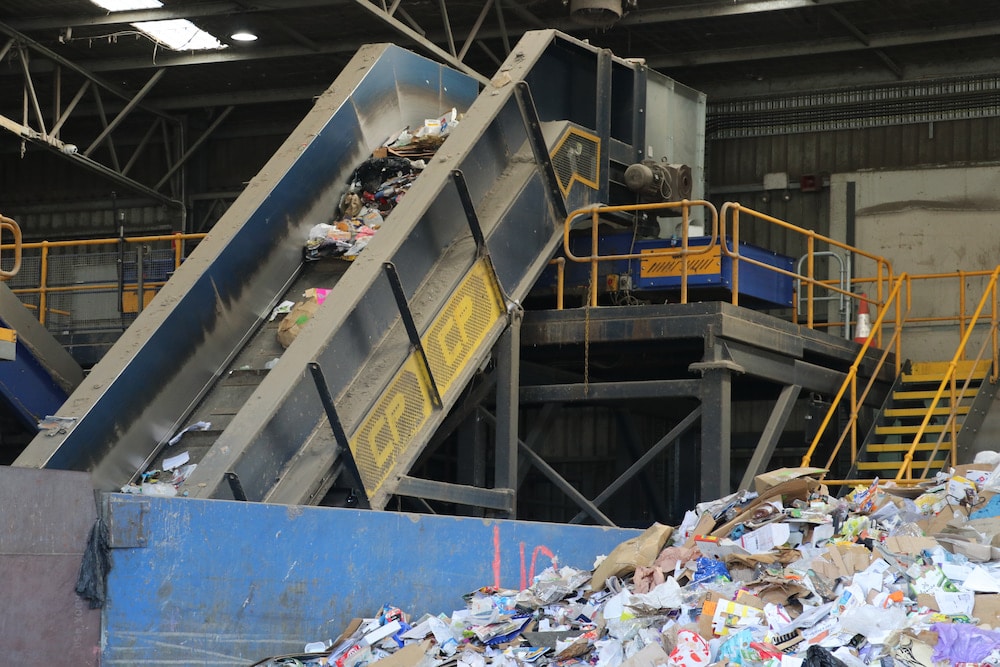
The two new facilities, he stated, will power a circular economy for the ACT and south-eastern NSW.
To that end, the government will develop a circular economy strategy; the draft will be released later this year.
“Food waste is where we’re starting, but there are other parts of the circular economy that we need to tackle as well,” Mr Steel said.



